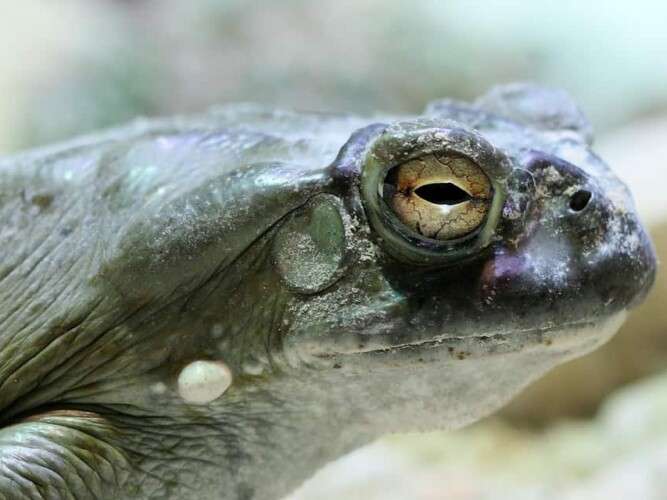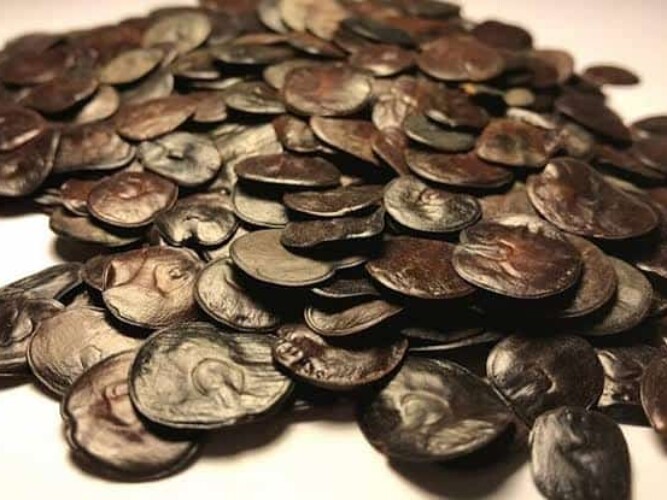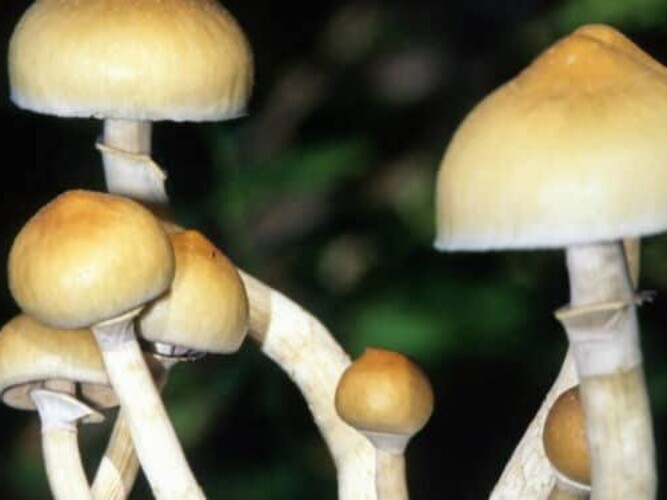Simply stated, changa refers to a blend of smokable herbs spiked with DMT.
However, there is plenty of debate within the psychedelic community over what constitutes “true” changa. According to palmer, true changa contains the ayahuasca vine. “without ayahuasca in the changa,” he writes, “the ayahuasca will not truly activate the other herbs, the duration will not be the same, and the same smoothness will not be there.”
Other common changa herbs include Mimosa hostilis (jurema preta) and Peganum harmala (Syrian rue). But, changa sold illicitly can include mixes of just about anything. Sometimes the herbal mixture might consist of Banisteriopsis caapi, sometimes Syrian rue, sometimes parsley, or sometimes it might be something else entirely.
DMT is dubbed “the spirit molecule” for a reason.
It’s an entheogen. An entheogen is a plant or synthetic drug that can inspire feelings of intense spirituality. In traditional ceremonies, ayahuasca is used as a conduit to the spirit world. Although, how that spirit world manifests to you and how you understand it is likely influenced by culture and language.
In Western scientific terms, DMT may induce bodily processes that mimic those that occur during near-death experiences. In 2018, in fact, researchers at the Imperial College London decided to put DMT to the test. In a study, they compared the experiences described by patients given intravenous DMT with those commonly reported by people who have had a traumatic near-death experience.
DMT has the potency to shoot the patient out of his body and experience Ego Death quite easily when compared to other psychedelics. It’s short duration is also a plus for many people who have a hard time to surrender to a long psychedelic experience (15 mins opposed to 6-16 h with other psychedelics).



